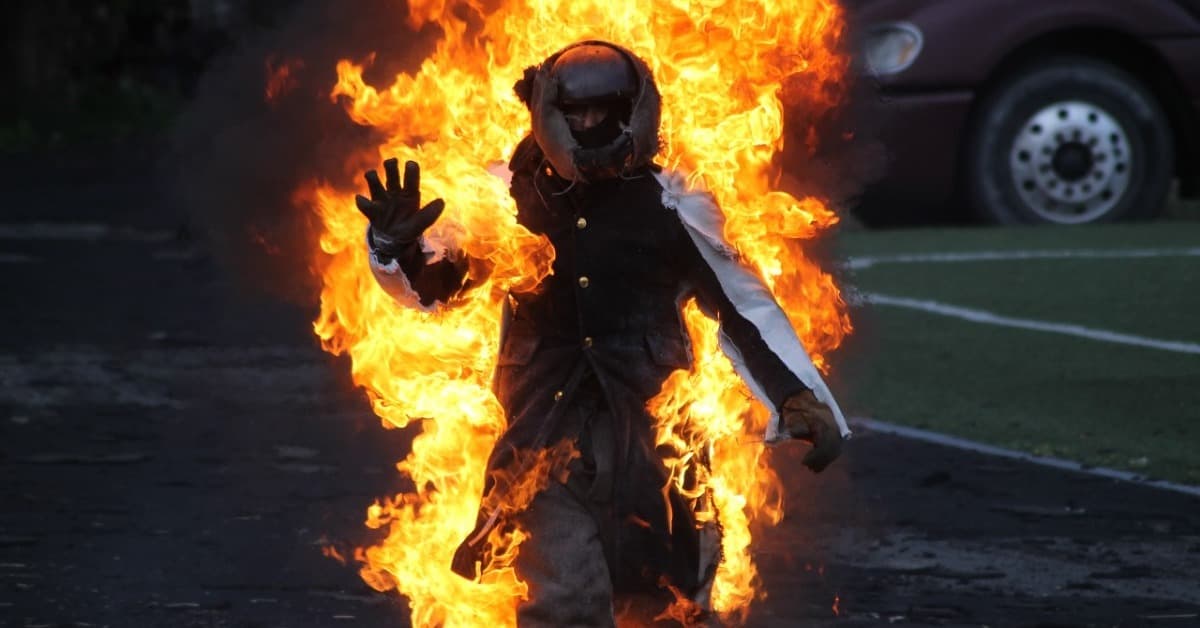I wrote this article in Japanese and translated it into English using ChatGPT. I also used ChatGPT to create the English article title. I did my best to correct any translation mistakes, but please let me know if you find any errors. By the way, I did not use ChatGPT when writing the Japanese article. The entire article was written from scratch by me, Saikawa Goto.
Introduction
Movies and books covered in this article

Three takeaways from this article
- Women in the stunt industry face tougher conditions than men, often wearing revealing costumes and high heels.
- They have been treated poorly in the male-dominated industry, simply because of their gender.
- Interestingly, women played a significant role in the early days of the film industry.
Self-introduction article


Published Kindle books(Free on Kindle Unlimited)
“The genius Einstein: An easy-to-understand book about interesting science advances that is not too simple based on his life and discoveries: Theory of Relativity, Cosmology and Quantum Theory”
“Why is “lack of imagination” called “communication skills”?: Japanese-specific”negative” communication”
The quotes used in this article are based on notes taken at the movie theater from movies in Japanese and are not direct quotes from the foreign language original movies, even if they exist.
Women have Always Won Their Rights Through Fighting
A Movie that Focuses on “Female Stunts” in Hollywood

This movie is a documentary about “stuntwomen” who work in Hollywood movies.

Generally, in the world of stunts, too, are male-dominant. This movie shows how stuntwomen fought and created their current position. I’ll write more about it later, but first, what I felt again after watching this movie was that “stuntwomen are more dangerous.”

It is because women have to wear clothes that expose a lot of skin.
Male stunts are covered in pads all over their body.
There is a scene where one of the stuntwomen mocks the male stunts saying that. Since men often wear costumes that do not expose skin, they can wear protective pads on their knees and elbows. However, it is not the case for women. It may be a decision based on the danger of stunts, but I think that in many cases, women have no choice but to do stunts without protective pads.

Furthermore, women have to perform stunts under many restrictions, such as wearing high-heeled shoes and tight-fitting clothing that hinders movement. Therefore, they need to possess even more advanced skills.
I had never been aware of these points before. In fact, I had a belief that “scenes that are dangerous for humans are done using CG.” That’s why when I watched Hollywood movies, I assumed that they were done with CG and never thought deeply about it.
Learning that humans actually perform stunts beyond my imagination surprised me even more.

Their Dual Struggles
In movies, it’s shown and talked about how these women train and perform stunts.
Their appearance is very cool.
Some are martial arts learners. Some train to jump from high places. Some are skilled at driving cars or bikes. They are truly professionals. Despite the risk of injury or death, they take pride in their work and strive to create a safe environment for the next generation. These brave women are fighting hard.

However, their battle is not just that.
There are still people who look down on stuntwomen. Not everyone though. That’s why I always try to make a display of my skills when I work with a new crew.

A female stunt driver with exceptional driving skills said that. It seems that there are still men who look down on or discriminate against women just because they are women.


In the movie industry, it is said to be a male-dominated society in the first place. Although there are women, when it comes to “stunts,” the number of women is overwhelmingly small. Naturally, there are prejudices, and there are still cases where a male actor wearing a wig plays the stunt of a female actor. In such cases, these women feel “lack of power.”
There are scenes that various stuntwomen recall what they have been told by men on the set.
It’s too dangerous, so we can’t let you do it.

If you get married, you won’t be used anymore. And it’s all the more so if you will have children.
If you turn down a job that requires staying overnight, you won’t get any more work.

Stunt work is certainly a dangerous job, and it’s natural that they can’t let someone with inferior skills do it for the safety of the entire team. However, the idea that “women are inferior because they are women” or “men should be able to do it” is still abnormal. While society at large is trying to let go of this abnormality, it seems that the old-fashioned film industry has not caught up with the changes yet.
In the Past, the Film Industry was Supported by Women

I’ve felt surprised after watching movies, but the stories about the dawn of American cinema were impressive.
Around 1910, movie production was thriving in the western part of America, where women and immigrants were active. Black and white movie scenes were shown, and one of them depicted an actress in danger of being thrown off a moving train. It was impressive because the scene wasn’t performed by a stuntwoman, but by the actress herself.

The film historian in the movie said,
The early film industry was supported by women.
However, rumors began to spread in America that “movies” made in the West were profitable, and gradually men took over for the sake of making money. For about 80 years since then, women could only play boring roles.
I say this with self-discipline I think men have been rather terrible creatures.

This movie features numerous legendary stuntwomen who struggled in the overwhelmingly male-dominated film industry. To active stuntwomen, they are “legendary” figures.
The stories they tell are quite intense. There are frequent stories of continuing stunts without mentioning even serious injuries. Some have even broken their spine, while others talk about the toughest stunt of sliding down a slope of a mountain for 61 meters.


While performing stunts that are as tough as or even tougher than those of men, these women were in a position where they would be blamed with “that’s why women are” for even the slightest mistake. That’s why they never say “I got injured,” even if their injuries are severe, and they thoroughly prepare so that they never make mistakes. Thanks to the path paved by their predecessors, stuntwomen have been able to achieve a certain level of status.
Unfortunately, there was also racial discrimination. Not only were there fewer stuntwomen, but there were also even fewer black stuntwomen. In this movie, legendary black stuntwoman talks tearfully about her difficult history.

In another scene, a legend spoke and what she said was impressive.
We stuntwomen are treated like second-class citizens.
The film depicted the bitterness of those who risked their lives in their work but were treated less than respectable, as well as the thoughts of the current generation who are struggling to improve the status of stuntwomen because they understand the hardships of such legends.

In the movie, one of the few female stunt coordinators in Hollywood appeared. She was, of course, someone who had previously worked as a stuntwoman. Stunts are inevitably dangerous, and the attention to detail that women can bring is quite helpful. Furthermore, having a woman as a stunt coordinator can provide a sense of security for the stuntwomen who work on the same set.
With these efforts, I hope that the environment for stuntwomen will continue to improve little by little.

Conclusion
In not just stunt work, I believe that everyone should be evaluated fairly. I hope that those who have the ability and make the right effort are rewarded accordingly.
Useless individuals who just sit around based on their status or position should step down. Those who struggle in a world where death is always close, like these women, are the ones who truly deserve to be recognized.

Published Kindle books(Free on Kindle Unlimited)
“The genius Einstein: An easy-to-understand book about interesting science advances that is not too simple based on his life and discoveries: Theory of Relativity, Cosmology and Quantum Theory”
“Why is “lack of imagination” called “communication skills”?: Japanese-specific”negative” communication”







コメント